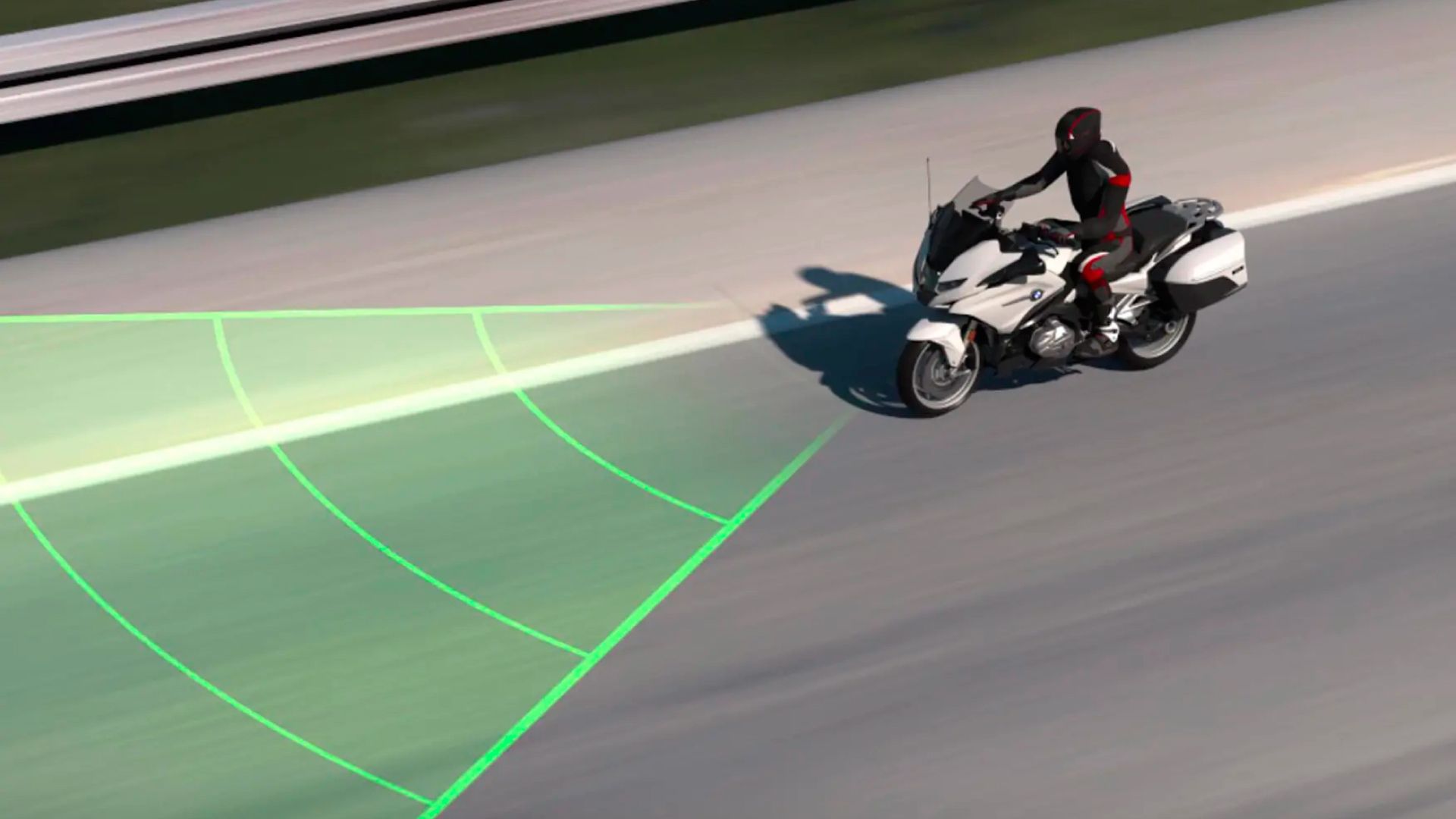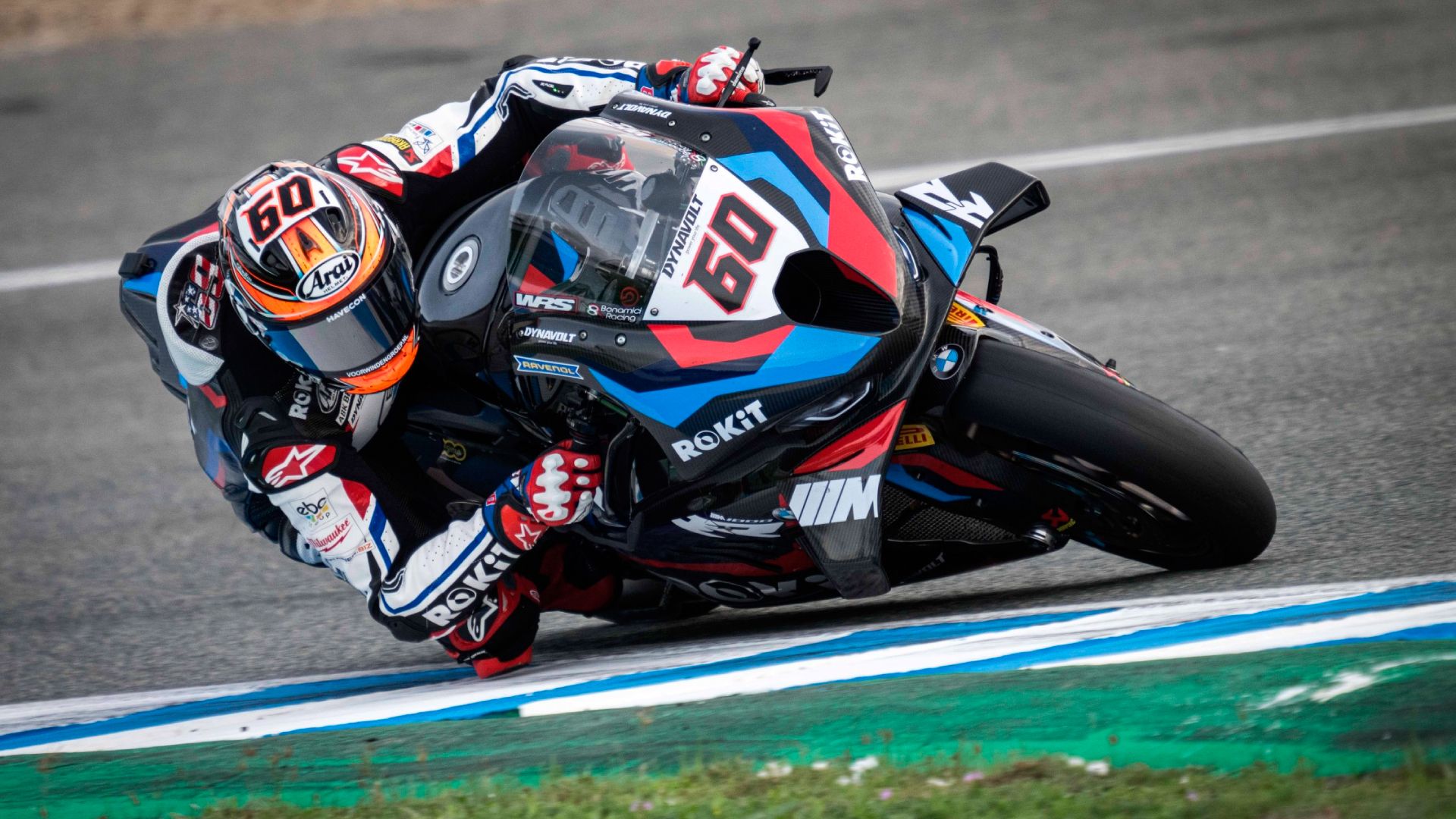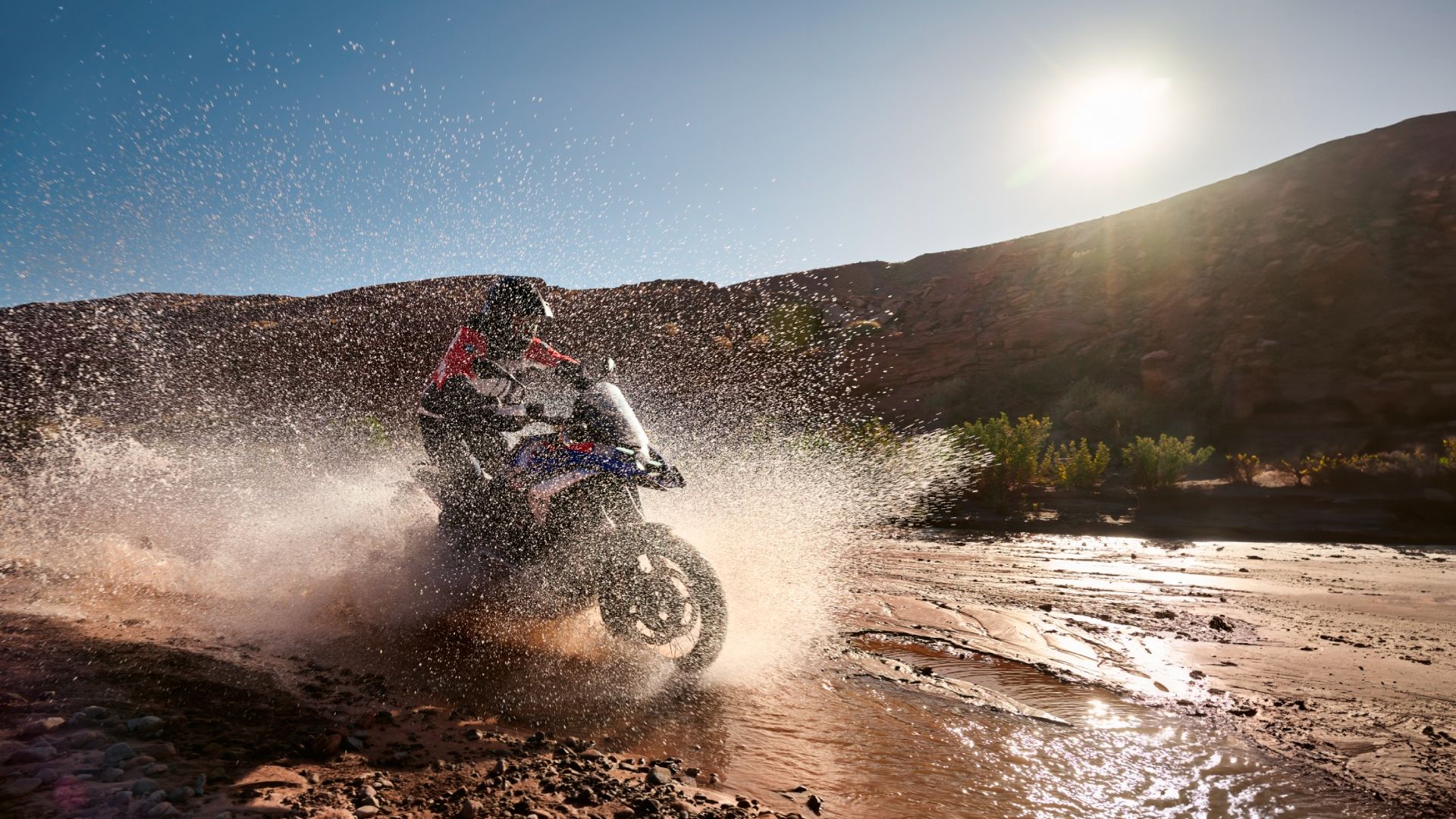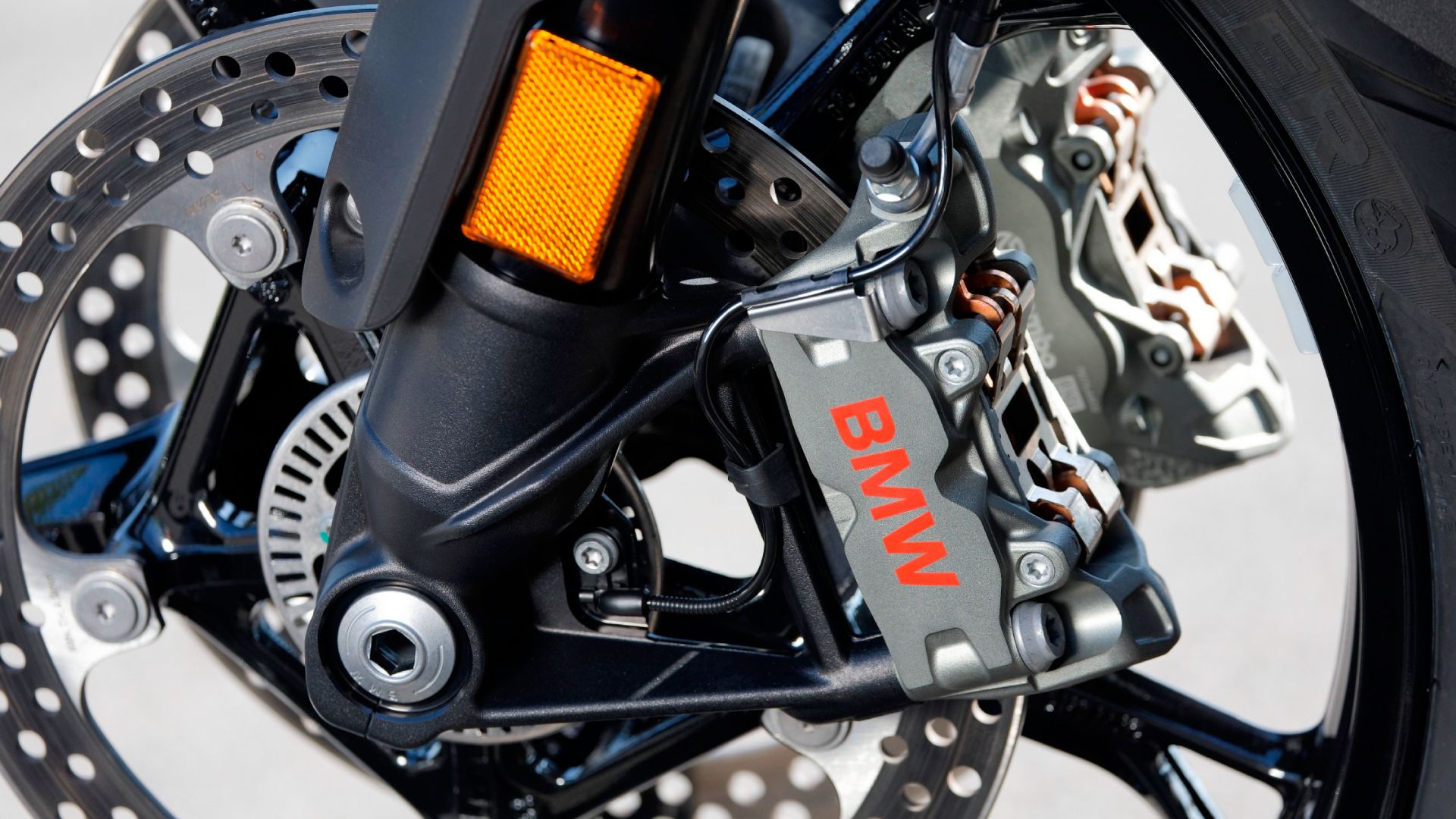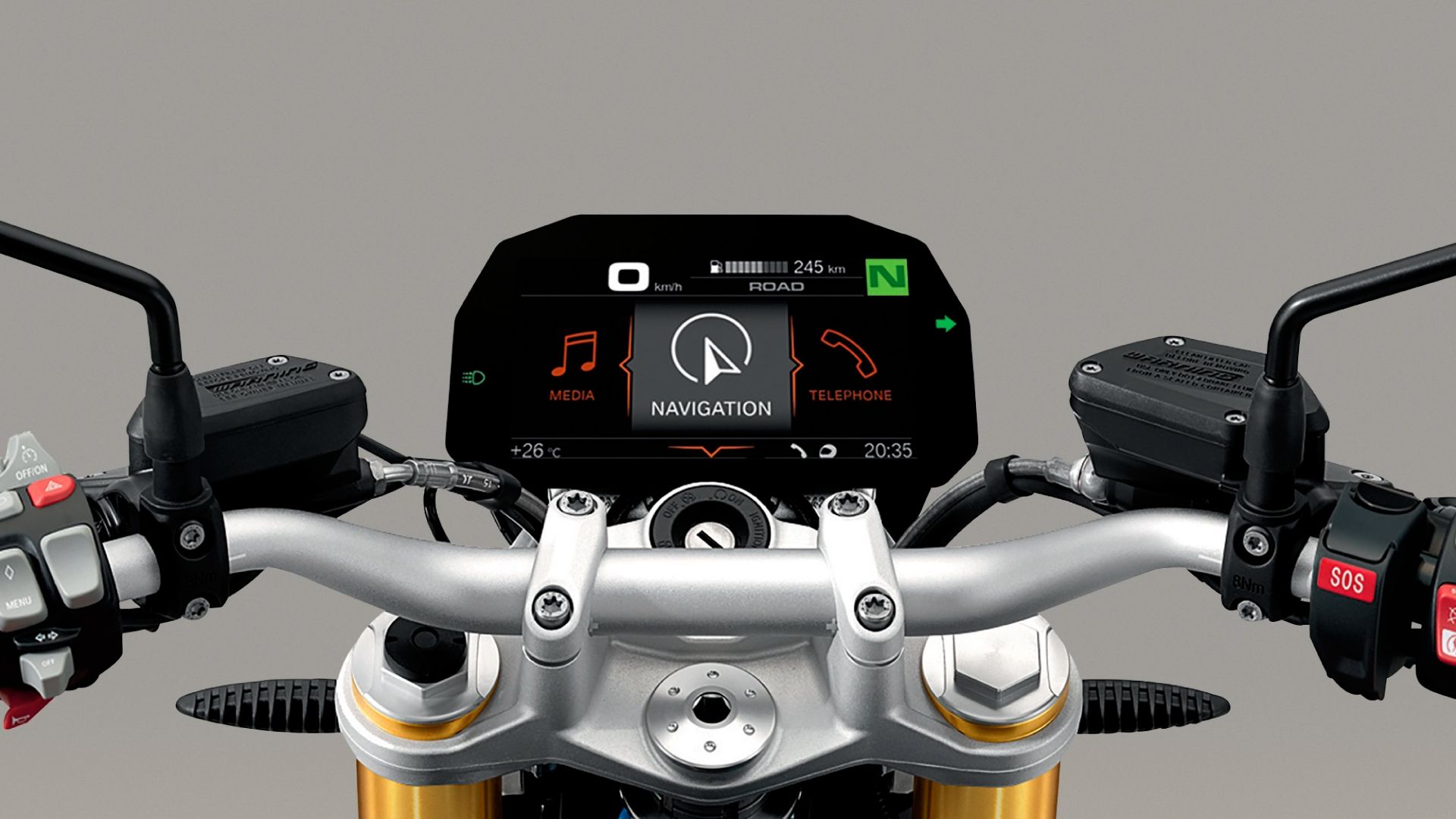
Summary
- BMW Motorrad has led the way in motorcycle safety advancements with the development of ABS, adaptive headlights, traction control, and riding modes.
- The Front Collision Warning system is a recent addition to BMW’s safety features, using radar sensors to alert the rider to potential obstacles and even assist in braking.
- ConnectedRide is a comprehensive safety suite integrating the bike, helmet, and TFT display, allowing riders to view useful data, use turn-by-turn navigation, and access an SOS button for emergencies in remote areas.
We’ve made significant progress in motorcycle safety technology. While motorcycles have historically lagged behind cars in safety features, modern motorcycles have come a long way from those of just a few decades ago. With manufacturers now producing bikes with standard safety functions like ABS, traction control, and others, it’s clear that safety is a top priority in the industry.
BMW, among others such as Honda, Triumph, and Harley-Davidson, is leading the charge in this area. The company has been a pioneer in engineering and design, prioritizing safety and providing a superb riding experience.
To ensure the accuracy of this article, information was sourced from BMW Motorrad, Cycle World, and Web Bike World.
A History Of Safety Advancements
When it comes to safety, BMW follows a philosophy they call Safety 360°, which encompasses not only technological features engineered into their motorcycles, but also gear and training. In 1976, they developed their own motorcycle helmet, demonstrating a commitment to the well-being of their riders that has continued to evolve over the years.
Notably, BMW was the first to develop ABS for motorcycles, introducing it with the release of the K 100 in 1988. This trend continued with features like adaptive headlights, advanced traction control, riding modes, and phone connectivity. The upcoming release of the latest R 1300 GS model continues this tradition of innovation and sets new standards for top-of-the-line bikes.
Integrated with a robust suite of electronics and rider aids is a system that BMW has been teasing for a few years. The Front Collision Warning system, while familiar in cars, is a recent adaptation for motorcycles. BMW is no exception. While some riders may prefer minimal tech interference with their bikes, the inherent danger of motorcycling and the prevalence of distracted drivers make such safety systems invaluable.
Advanced Safety Features
- ABS Partial Integral
- Race ABS
- ABS Pro
- Automatic Stability Control (ASC)
- Dynamic Traction Control (DTC)
- Tire Pressure Monitoring (RDC)
- Riding Modes
- Adaptive Headlights
- ConnectedRide & Intelligent Emergency Call
- Riding Assistant with Active Cruise Control (ACC)
- Front Collision Warning (FCW)
Front Collision Warning
Radar Technology Helping Make Each Ride Safer
BMW’s Motorcycle Front Collision Warning system incorporates radar sensors and utilizes the Active Cruise Control present in some of BMW’s bikes. It alerts the rider to traffic ahead slowing down or an impending obstruction, and can apply brake pressure to help the rider stop to avoid an accident in extreme cases.
This system provides both physical alerts, through ABS vibrations, and visual alerts on the TFT, to keep the rider vigilant and focused on the road. The alerts become more prominent as the obstruction gets closer, ultimately applying the brakes gently. BMW emphasizes that it is not a replacement for emergency braking, but rather an aid to provide the rider with additional reaction time.
Automatic Stability Control
The Automatic Stability Control (ASC), available as a factory-installed option, complements BMW’s traction control system. It is designed to prevent rear wheel spin in borderline situations by adapting to changing surface conditions and regulating torque to prevent loss of control.
This feature is particularly useful for riding in adverse weather conditions, such as rain. Additionally, riders have the ability to disable the system for track days or enjoyable rides on mountain roads with the touch of a button.
Dynamic Traction Control
Similar to the ASC system, the Dynamic Traction Control (DTC) ensures adequate traction in varying road conditions and weather. It is interconnected with rider modes, ABS, and additional sensors, allowing it to engage countermeasures when stability is compromised. Additionally, the DTC system can adapt its behavior based on the condition profiles set for each rider mode, which includes Road, Rain, Eco, and Enduro for the upcoming R 1300 GS.
ABS Pro
Building on their introduction of ABS on the K 100, BMW’s ABS Pro system incorporates advanced technology that further enhances the ABS experience. It utilizes sophisticated sensors to continuously monitor wheel lockup and lean angle. In the event of emergency braking in a corner, the system adjusts intervention based on banking angle, speed, and wheel lock to mitigate sudden steering changes and reduce the risk of a potential crash.
ConnectedRide
New SOS Feature
One of the most advanced safety suites in modern BMW models is the ConnectedRide feature. It integrates the bike, helmet, and TFT display, providing access to speed, rpm, calls, music, turn-by-turn navigation, and a unique ECALL function, which includes an SOS button for easier access to help during accidents, emergencies, or breakdowns in remote areas.
